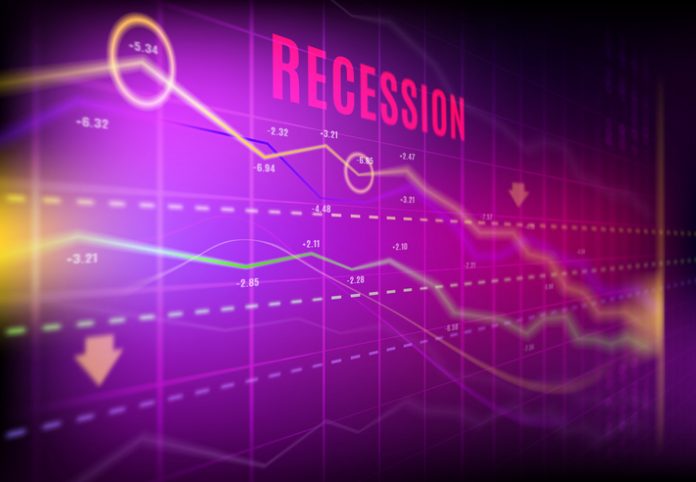Despite the mixed news on the economy, stock prices and housing activity continue to signal the likelihood of a serious downturn.
The Week That Was
The Fed’s Wednesday announcement of its latest views was significant. Although there was no change from previous policy directives, Fed members raised their interest rate forecasts. No one (including the Fed) knows where interest rates will peak.
All forecasts—including ours, which has a fundamental rate of 5.5 percent for the 10-year T-Note—are speculative. These forecasts depend on how quickly the economy responds to current monetary restraint and how long the restraint will persist. Hence, the Fed members’ forecast of a peak fed funds rate of 4.6 percent is as unreliable as their forecast a year ago that inflation would be 2 percent.
As for the economy, the main reports this past week were for housing activity, which is an early and very reliable indicator of where the economy is heading. August sales of existing homes were down 26 percent since January, pointing to the likelihood of a serious downturn in the economy. The Homebuilders survey earlier this month registered a 46, reflecting expectations for further declines in new housing.
Amid all the uncertainty surrounding business conditions, businesses appear hesitant to lay workers off. September weekly initial
unemployment claims were in the vicinity of 210,000, down from 238,000 in August and 247,000 in July.
Money, Money, Money
The Fed appears determined to do what is necessary to return inflation to its 2 percent target. In addition, the Fed reaffirmed its intent to sell $95 billion in securities each month. These sales drain money from the economy.
Things to Come
Later this morning, S&P will report its first September business survey. The August survey showed business activity declining. Expect the September survey to reaffirm the downturn.
On Tuesday, August data for new orders for durable goods may begin to show signs of weakness. Although total orders remain high, the
more stable orders without defense and transportation have been unchanged since March. After inflation, these orders have been falling. Expect further weakness to come.
Next Thursday brings the final second quarter GDP data, including annual revisions to prior data. These revisions can shift prior numbers.
Friday, August data for spending and incomes also will include the Fed’s closely monitored inflation data. August core CPI data showed a surprising 7 percent annual increase for the month. We believe Friday’s report showing an alternative measure of core inflation will be slightly lower.
Our focus will be on the rate of growth in wages and spending. We are expecting each to show a slowdown from the 7 percent to 8 percent annual rate increases of the previous three months.
Market Forces
Stocks moved sharply lower, with most indexes falling by 4 percent to 5 percent this week. The downturn occurred as markets and Fed members raised estimates of how high interest rates are likely to go.
When the Fed is aggressively raising interest rates and removing money from the economy, stocks tend to fall. Technical indicators remain as negative as ever. The next area of support for the S&P500 is at the prior low of 3,667.
Despite mixed economic news, we continue to believe the economy already is declining. Look for the sharp decline in housing activity to last into 2023.
Bad news for the economy now is good news for financial markets. Signs of economic weakness will help contain the current trends in
financial markets. Any signs of significant slowing in spending and wages can begin to limit the upward move in interest rates and the downward trend in stock prices. Signs of a strong labor market and growing new orders will push up inflationary expectations and interest rates.
With the current corporate bond rate at 4.7 percent, the S&P500 is only 3 percent overvalued. If longer-term interest rates increase by a full percentage point, as is likely, the overvaluation moves up to 8 percent. Our model, which anticipates the potential for even
higher rates, has the market overvalued by 17 percent, with the potential for a steeper business downturn further endangering both stocks and bonds.
Outlook
Economic Fundamentals: negative
Stock Valuation: S&P 500 overvalued by 17 percent
Monetary Policy: restrictive
For more from Robert Genetski.
More on recession.
For more Budget & Tax News.
For more from The Heartland Institute.











